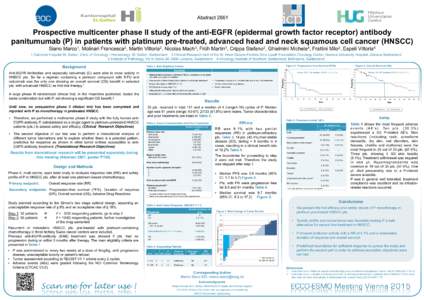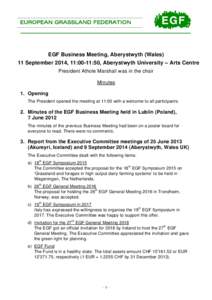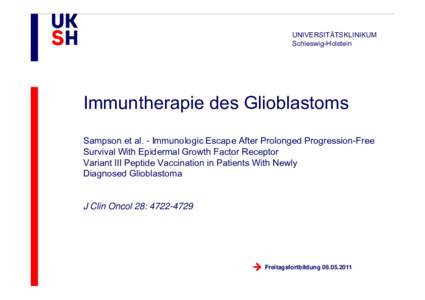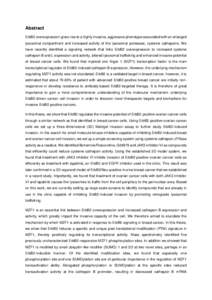<--- Back to Details
| First Page | Document Content | |
|---|---|---|
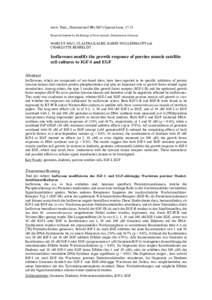 Date: 2016-01-06 06:20:57Cell biology Biology Cell signaling Growth factors Peptide hormones Endocrinology Isoflavones Phytoestrogens Genistein Insulin-like growth factor Epidermal growth factor Daidzein |
Add to Reading List |
 Isoflavones modify the growth response of porcine muscle satellite cell cultures to IGF-I and EGF
Isoflavones modify the growth response of porcine muscle satellite cell cultures to IGF-I and EGF